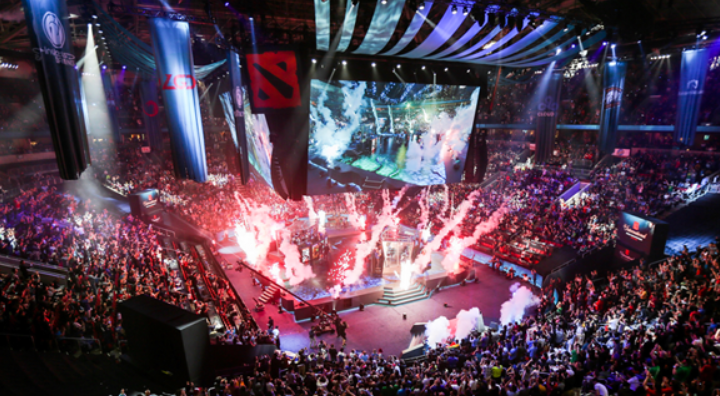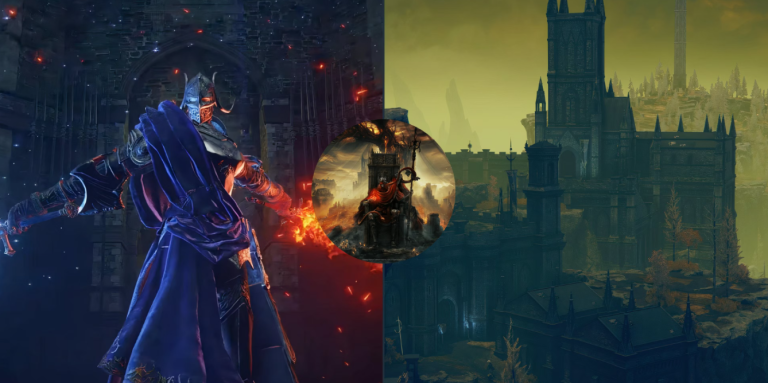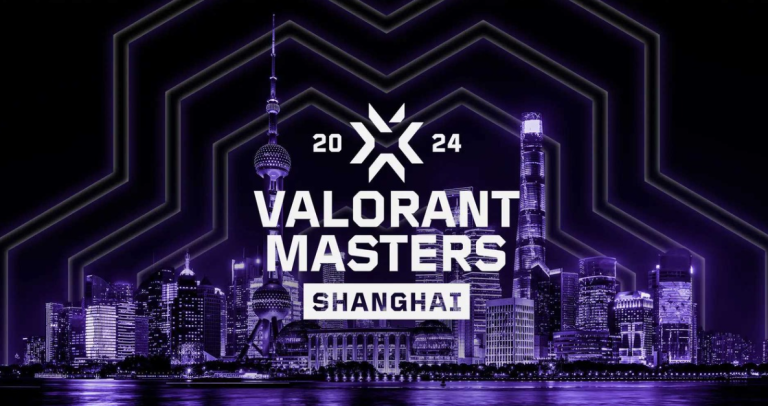
When it comes to the pinnacle of esports, few events carry the weight and prestige of The International, Dota 2’s flagship tournament. It’s more than just a competition — it’s a saga of passion, dreams, and relentless determination. For esports fans worldwide, TI isn’t just a game; it’s the holy grail that has grown from humble beginnings into a global phenomenon.
Back in 2011, when Valve first launched The International, the prize pool was a staggering $1 million — an eye-popping figure at the time. For many, that inaugural final was something distant and almost surreal. Take Mark, a 22-year-old college student in California, who, along with his roommates, huddled around a laptop, eyes glued to the intense gameplay unfolding on screen. That moment ignited their fascination with professional gaming and planted the seeds for their own ambitions in the scene.
From that initial million-dollar prize to the multi-million dollar pools we see today, TI’s growth owes much to its passionate community. Valve’s “Battle Pass” system allows players to funnel a portion of their in-game purchases directly into the prize pool — creating a unique ecosystem where fans and players fuel each other’s success. It’s this kind of symbiosis that has elevated TI to one of the most influential events in the esports landscape.
But TI is not just a tournament; it’s a test of teamwork, strategy, and mental resilience. Looking back at past championships, unforgettable moments stand out — like the 2018 underdog story of OG, the European team that fought through tough qualifiers and against all odds, snatched the championship. Their journey was cinematic, inspiring countless gamers worldwide. Jake, a game developer from London, credits OG’s grit for rekindling his passion for Dota and steering him into game design. He says, “TI showed me that no matter how bleak things look, if you trust your team and don’t give up, miracles can happen.”
As esports continues to evolve, TI embraces new tech and entertainment trends. Beyond the tens of thousands attending live in packed arenas, hundreds of millions watch the event through streaming platforms, with social media buzzing nonstop. In 2023, TI introduced VR broadcasts, giving fans an immersive experience like never before. Imagine sitting in a New York café, slipping on a VR headset, and suddenly finding yourself at the center of the action. Peter, a tech enthusiast from NYC, shared his excitement: “Watching TI in VR made me feel like I was right there with the players. It was next-level.”
Looking ahead, the future of TI is filled with exciting possibilities. Esports is steadily gaining mainstream recognition, and the scale of tournaments and their cultural impact will only grow. With AI and big data making inroads, tactical analysis will become sharper, and player training more scientific. Meanwhile, esports education is catching up, with universities offering dedicated programs to nurture the next generation of talent.

That said, challenges remain — issues like fair play, player health, and industry regulations require ongoing attention. Tackling these concerns will take collaboration from everyone involved. Sarah, an esports manager from Los Angeles, puts it succinctly: “Esports is no longer just entertainment. It’s a profession and a culture. We need to build a healthy, sustainable environment to give young people real opportunities.”
All in all, The International has not only witnessed the rise of esports but has actively propelled the industry forward. It stands as a beacon, guiding countless passionate gamers toward their dreams. Whether cheering in the arena or watching from home, TI reminds us that esports is about much more than just the game — it’s a universal story of passion and perseverance.
No matter what shape TI takes in the years to come, the fire of esports will keep burning bright. And we, as spectators and participants, will be part of the next chapter in this extraordinary journey.
![]()


